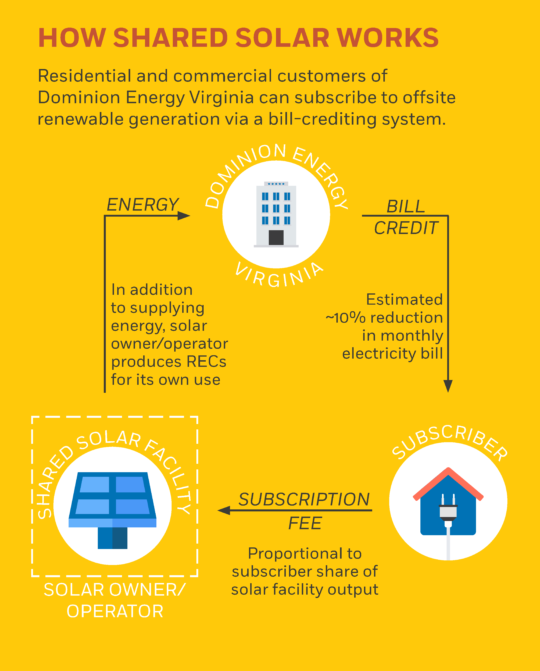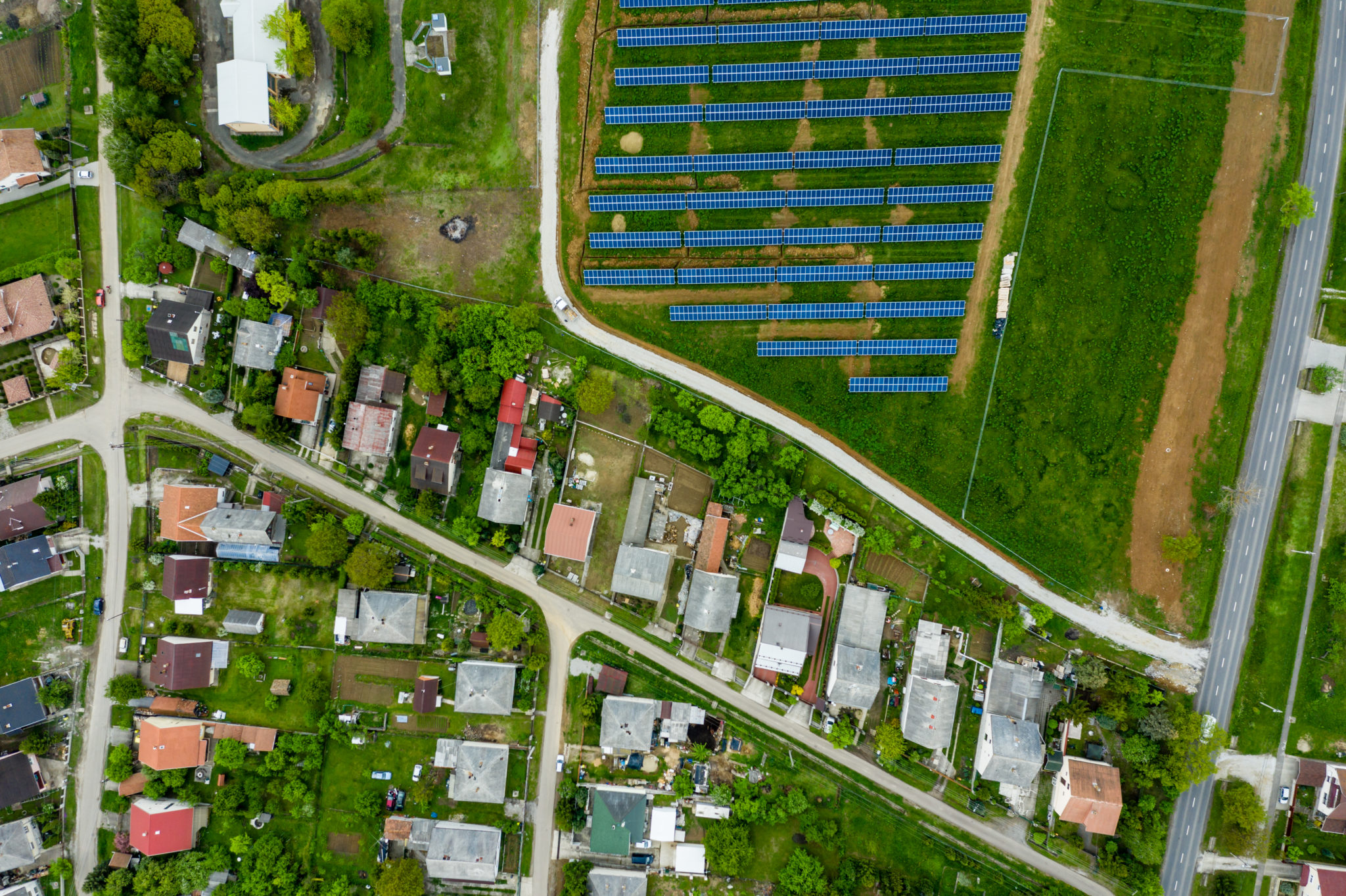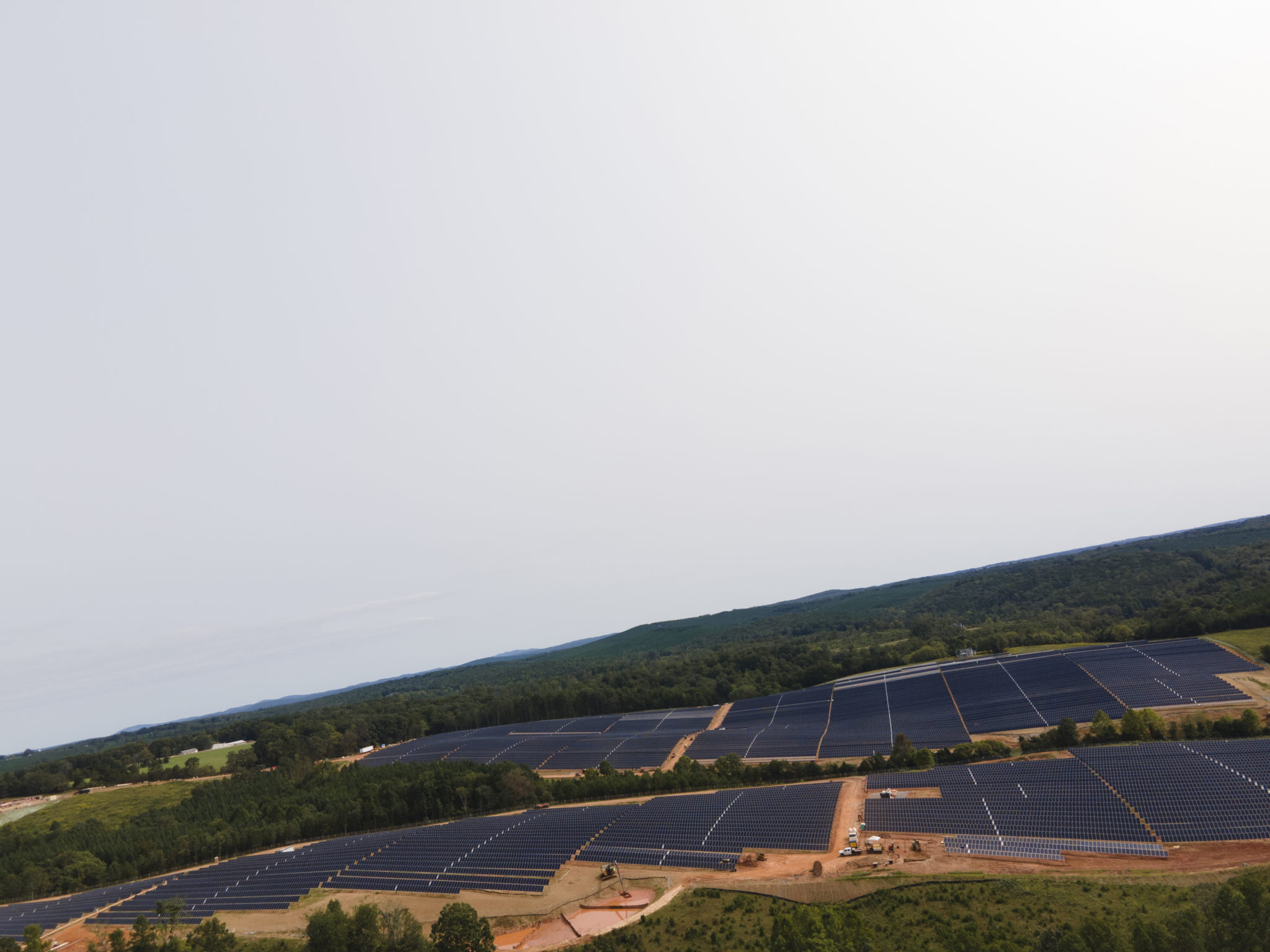Virginia’s Path Toward Community Solar
Expanding the Commonwealth’s new shared solar program is a crucial step toward addressing consumer demand for clean energy.
For decades, the tides of consumer sentiment shifted slowly in favor of renewable energy.
In recent years, those gradual tides have turned into waves. Today, four out of five U.S. adults think the country should prioritize the development of renewable energy resources over fossil fuels, according to a recent Pew Research poll.
Despite this overwhelming demand, individual consumers mostly remain relegated to the sidelines, limited by regulated electric markets and unable to participate directly in the clean energy transition—until now.
Giving Consumers the Power to Choose
With states and municipalities taking aim at meeting aggressive clean energy commitments, renewables are the leading source of new electric generating capacity. The trendlines are clear: in 2020, solar energy alone accounted for nearly 45% of new capacity.
When most people think of solar, they envision utility-scale solar farms spanning acres of cleared land or rooftop installations on houses and office buildings. Rooftop solar allows individual families and businesses to participate directly in the clean energy transition—but only a fraction of American households and businesses have access to this form of solar. Others rent their home or office, live in multifamily buildings, have a roof that’s too shaded or otherwise unsuited for solar, or can’t afford the investment, even with longer-term savings. For all of these folks left on the sidelines, community (or shared) solar comes in.
In states with an available community solar program, if you have an electric bill, you can participate in community solar. In short, community solar is the democratization of clean energy.
Community solar enables equal access to the benefits of clean energy by allowing individuals and organizations to purchase energy from an offsite solar farm located within their distribution grid. This is easier and typically more affordable for individuals than installing rooftop panels, and the solar projects themselves contain the same benefits to landowners and the community as utility-scale solar facilities.
In states with an available community solar program, if you have an electric bill, you can participate in community solar. In short, community solar is the democratization of clean energy. Virginia, which has committed to 100% carbon-free electricity by 2045, is in the process of creating its first community solar program. In 2020, the General Assembly passed legislation creating a shared solar program that would allow Dominion Energy Virginia customers to purchase power through a subscription in a shared solar facility. Initially, the Commonwealth’s program will be capped at 150 MW, with the potential to add 50 additional MW if at least 30% of the enrolled customers qualify as low income.
By prioritizing program availability to low-income consumers, Virginia is prioritizing energy equity—ensuring that the benefits of solar are shared by all. All low-income customers will be exempt from the minimum bill, determined by the utility infrastructure, services, and administrative costs of the program. Moreover, because community solar programs typically save consumers money on their electric bills, the program is a small step toward solving economic inequality.
By investing in community solar and optimizing utility planning models to meet customer demand, the Commonwealth is creating tremendous opportunity, even beyond the democratization of energy. The introduction of shared solar will result in lower energy bills for ratepayers, reduced grid costs, local job creation, and economic resiliency in local communities. Created savings can be reinvested to advance state policy priorities.
If other states followed suit and the nation installed roughly 220 GW of local solar in addition to utility-scale renewable energy, the country could realize the cleanest, lowest-cost grid by 2050—creating over two million additional jobs and saving ratepayers $473 billion in the process.

The Tidal Wave Still to Come
Community solar is expanding rapidly, with 2019 marking the third consecutive year of more than 500 MW of installations. At least 19 states plus the District of Columbia have created some form of shared renewables programs, and several states are currently considering legislation to establish their own programs. In 2021 and beyond, nonresidential solar growth is expected to continue growing at a rate of 1 GW of new projects annually, with community solar predicted to comprise at least a third of that market.
And as evidenced by the fully subscribed community solar programs in several states, consumer demand is surging to meet—if not exceed—the available resource.
Although Virginia has joined more than a dozen other states leading through supportive legislation, the Commonwealth has only enabled the first steps toward meeting this demand. The reality is: there’s a tidal wave of pent-up consumer demand coming, and the path forward inevitably requires expanding the shared solar program beyond its current 150 MW cap. In the years to come, the collaboration of regulators, utilities, and independent power producers will be crucial to growing the program adequately and ensuring cost savings for ratepayers.
Whenever that happens, Apex stands poised to scale its community solar portfolio. With a heritage of accelerating the shift to clean energy in its home state, a wealth of renewable energy development experience, and approximately 140 MW of distributed solar projects scattered across the Commonwealth, the company—just like the state’s electric consumers—is ready to help make Virginia’s shared solar program a model of success for other states nationwide.


